The separation of the rectus abdominis muscles along the linea alba is known as diastasis recti abdominis (DRA), and it is a common condition among postpartum women. (1,2)
Reduced quality of life, lower back pain, and core instability can result from this separation. Core strengthening exercises, occasionally augmented with abdominal binders or supports, have been the mainstay of traditional rehabilitation techniques.(1) Recent studies, however, indicate that adding kinesiotaping (KT) and surface electromyography (sEMG) biofeedback, such as mTrigger, to rehabilitation regimens may have more advantages.(1)
The effectiveness of Kinesiotape-assisted core strengthening exercises in comparison to non-assisted exercises in postpartum women with rectus diastasis was examined in a randomized controlled trial that was published in Healthcare in 2024.(1)
Consider mTrigger biofeedback as a GPS for muscle engagement if you haven’t used it in your practice yet. You can actually show patients what’s firing and when, in real time, rather than telling them to “tighten your core” and hoping they’re targeting the right muscles. When it comes to DRA, this is particularly beneficial because we want to promote appropriate transversus abdominis and pelvic floor activation without over-recruiting superficial muscles like the rectus abdominis.
Key Finding from Recent Research (1)
When compared to both the kinesiotaping-only and exercise-only groups, the study found that participants who received sEMG biofeedback-assisted core strengthening exercises in addition to kinesiotaping showed the greatest improvement in terms of decreased inter-rectus distance (IRD), pain, and enhanced physical functioning. According to these results, postpartum women with diastasis recti may benefit more significantly from kinesiotaping and, more significantly, sEMG biofeedback in terms of their functional and physical health outcomes.
This study supports the use of mTrigger sEMG biofeedback in rehabilitation programs for healthcare professionals treating postpartum diastasis recti. Patients can more successfully recruit and engage specific core muscles, especially the deep stabilizers like the transversus abdominis, thanks to biofeedback’s real-time visual and auditory cues. Functional recovery and improvements in abdominal wall alignment may be accelerated by this improved neuromuscular control. A more engaging and guided exercise experience is made possible by integrating mTrigger biofeedback into clinical practice, which may enhance long-term results, patient satisfaction, and adherence. In the end, managing diastasis recti in the postpartum population may be more thorough and successful if biofeedback is combined with structured core strengthening exercises.
How to Use sEMG Biofeedback in Your Clinic
Finding the target muscles, usually the transversus abdominis and rectus abdominis, is the first step in using biofeedback in the clinic to treat postpartum diastasis recti.
Over these muscles, place the surface electrodes on the skin, making sure there is adequate skin contact and little movement or perspiration from the outside. Real-time visual and/or audio feedback reflecting the patient’s muscle activity will be provided by the mTrigger device.
Give patients core strengthening exercises that focus on the transversus abdominis and other deep abdominal muscles. Here are some samples from the study that was previously mentioned.
By assisting the patient in activating the proper deep core muscles during their exercises, mTrigger biofeedback will enhance neuromuscular control and accuracy. To guarantee appropriate recruitment, clinicians should cue the patient to perform mild contractions, such as engaging the pelvic floor or drawing the belly button in toward the spine, and then modify based on the feedback signals. In the early phases of rehabilitation, when patients frequently have trouble with muscle awareness, this tool can be extremely beneficial. With improved control, the patient can gradually move away from visual or auditory cues and toward more integrated and functional movements.
Incorporating sEMG biofeedback into sessions promotes more precise muscle retraining and increases patient engagement, which may hasten the recovery from diastasis recti and improve core stability.(1,2)
Conclusion
It’s not necessary to abandon your tried-and-true core protocols in order to incorporate sEMG biofeedback. It’s like turning on a light in a dark room; all of a sudden, your patients can see what they’re doing correctly and incorrectly, which increases the effectiveness and efficiency of your interventions. Not to mention the psychological aspect: patients become more confident and motivated when they see that they are performing it correctly. According to this study, it may be worthwhile to investigate how mTrigger sEMG biofeedback can be incorporated into your clinical toolkit if you want to improve your DRA approach.
Top Ways to Use mTrigger Biofeedback
|
You Can’t Manage What you Don’t Measure
|
Reference/Images
- Afzal U, Saeed Q, Anwar MN, et al. Comparison of Health Parameters in Postpartum Diastasis Recti: A Randomized Control Trial of SEMG Biofeedback-Assisted Core Strengthening Exercises with Kinesiotaping vs. Non-Assisted Exercises. Healthcare (Switzerland). 2024;12(16). doi:10.3390/HEALTHCARE12161567,
- Radhakrishnan M, Ramamurthy K, Kothandaraman A, Premkumar VJ, Ramesh N. Automatic Assessment of Abdominal Exercises for the Treatment of Diastasis Recti Abdominis Using Electromyography and Machine Learning. Symmetry 2022, Vol 14, Page 1654. 2022;14(8):1654. doi:10.3390/SYM14081654

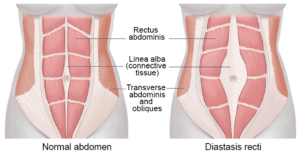
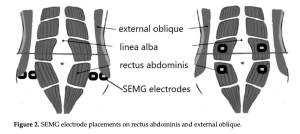




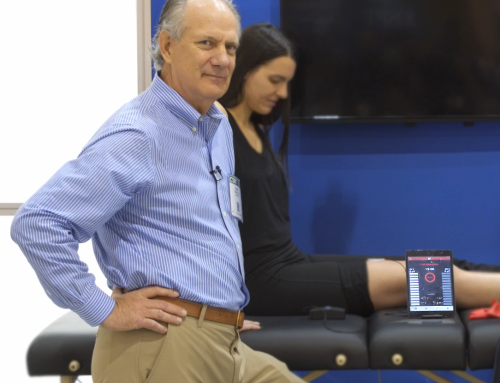
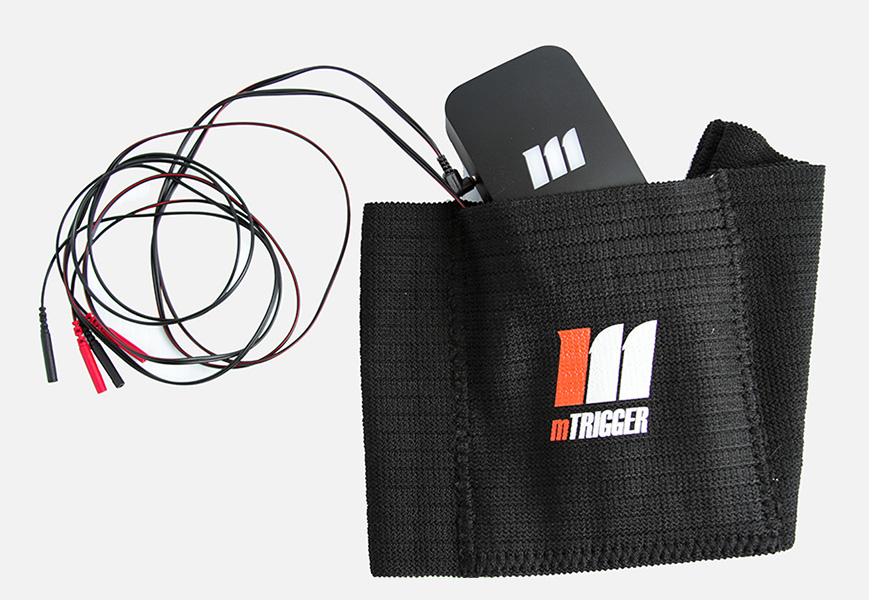

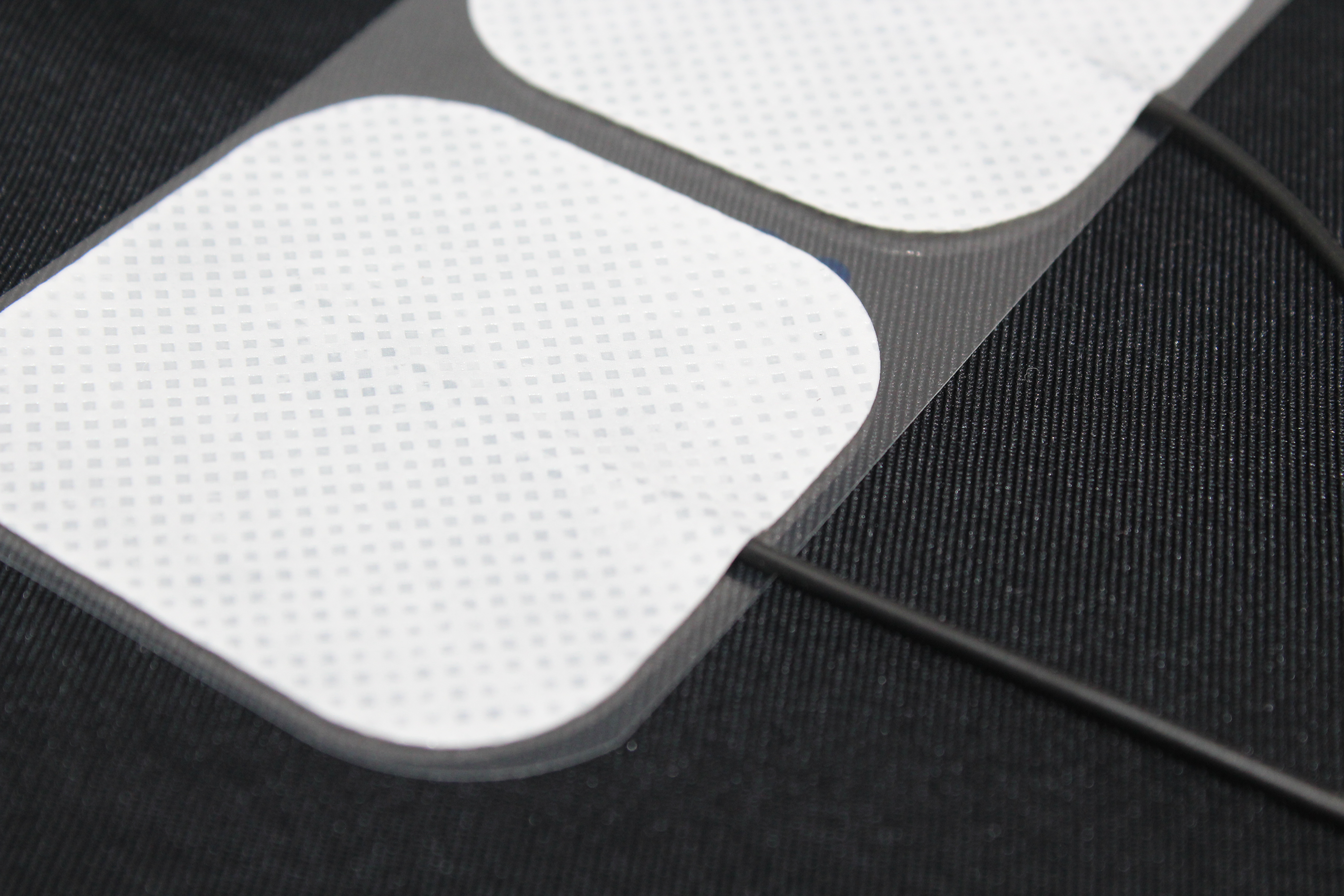
Leave A Comment